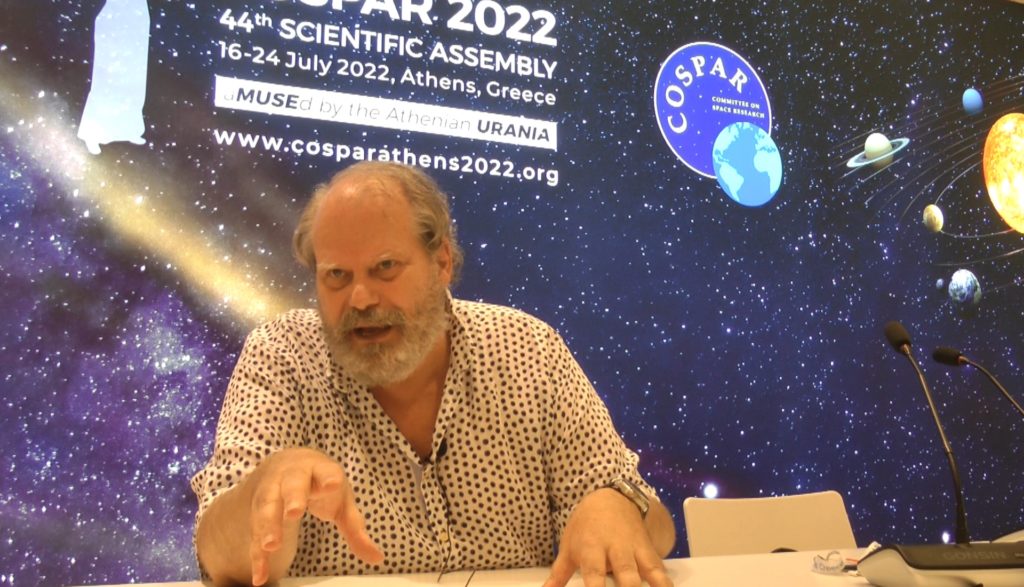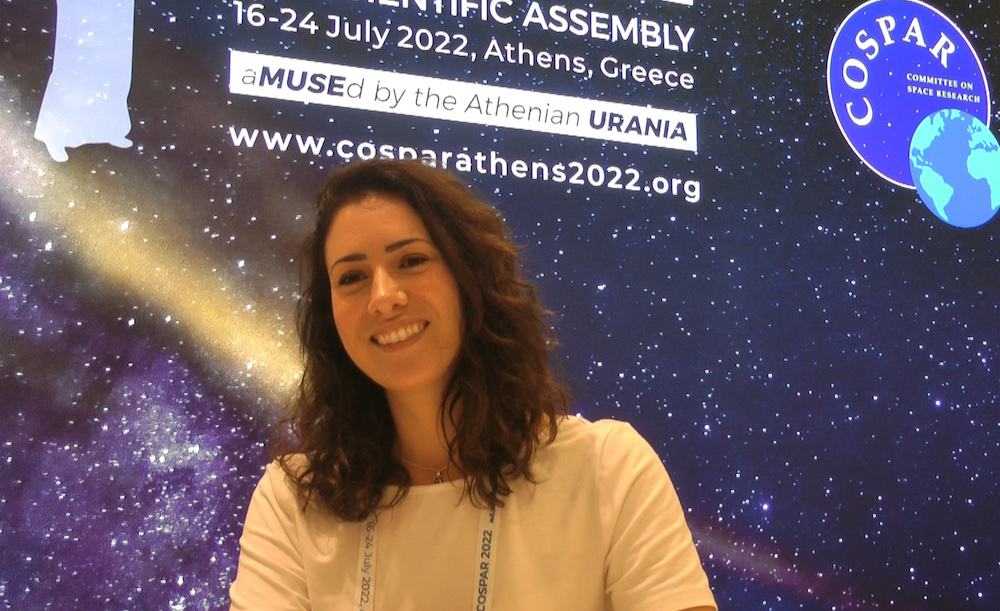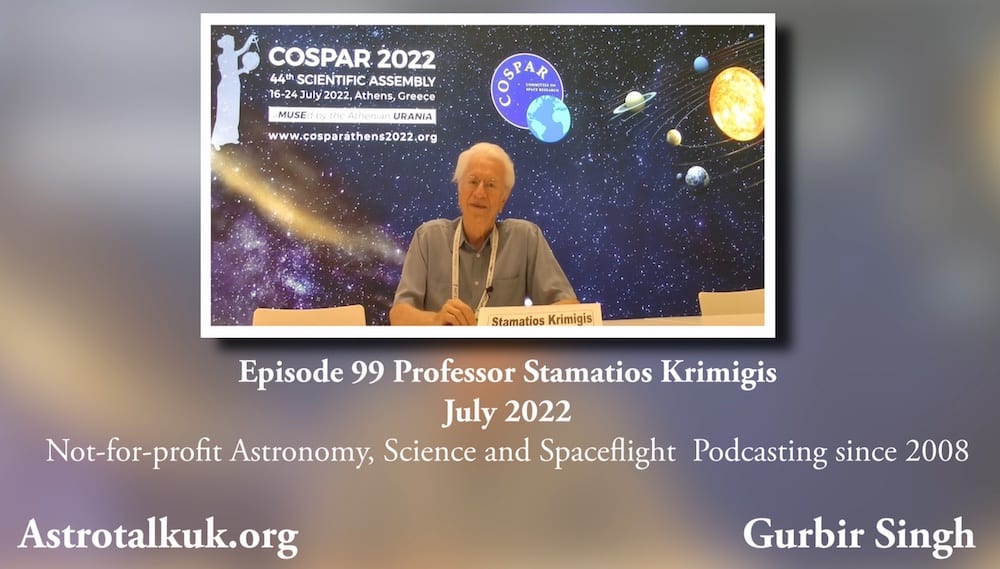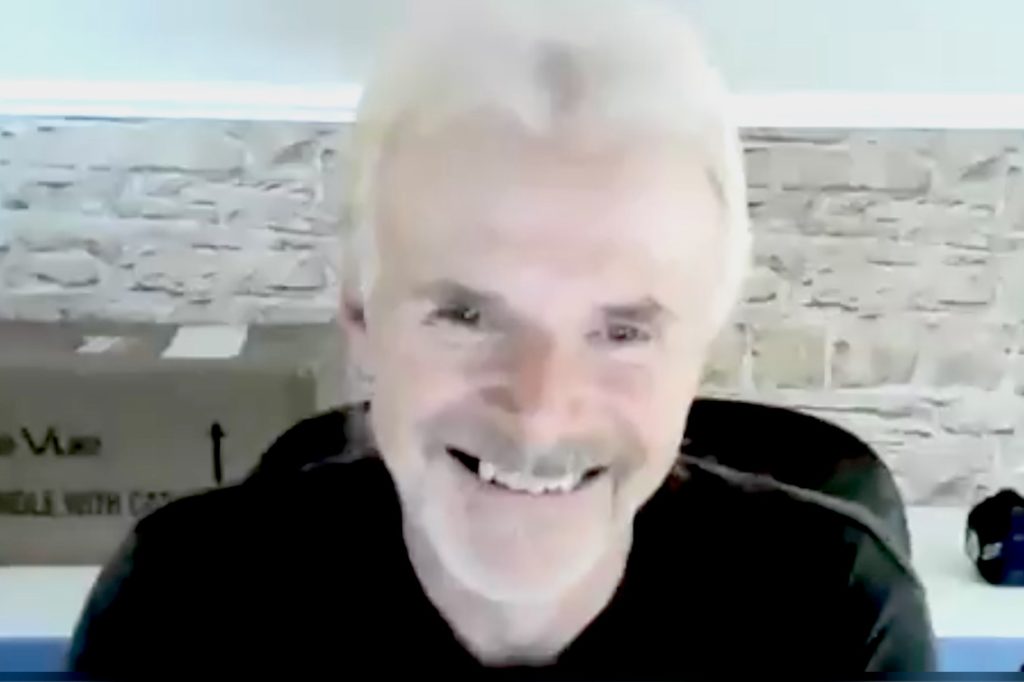
Acting Director UNOOSA
Niklas Hedman, the Acting Director of the United Nations Office for the Peaceful Uses of Outer Space (UNOOSA) talks about UNOOSA’s ongoing role in facilitating and promoting the peaceful uses of space in Low Earth orbit and beyond.
In this interview recorded in July during COSPAR2022 in Athens, he speaks about the challenges and opportunities of space in the context of
- Increasing commercial activities
- Mega satellite constellations
- Small Satellites
- Legally and non-legally binding instruments Planetary Protection
He highlights a few of the many resources available online from UNOOSA’s website including the Space Objects Register, Online Index and Sustainable Development Goals. Video and audio links below
Podcast: Play in new window | Download (Duration: 30:26 — 70.2MB) | Embed
Subscribe: Apple Podcasts | Spotify | RSS | More


